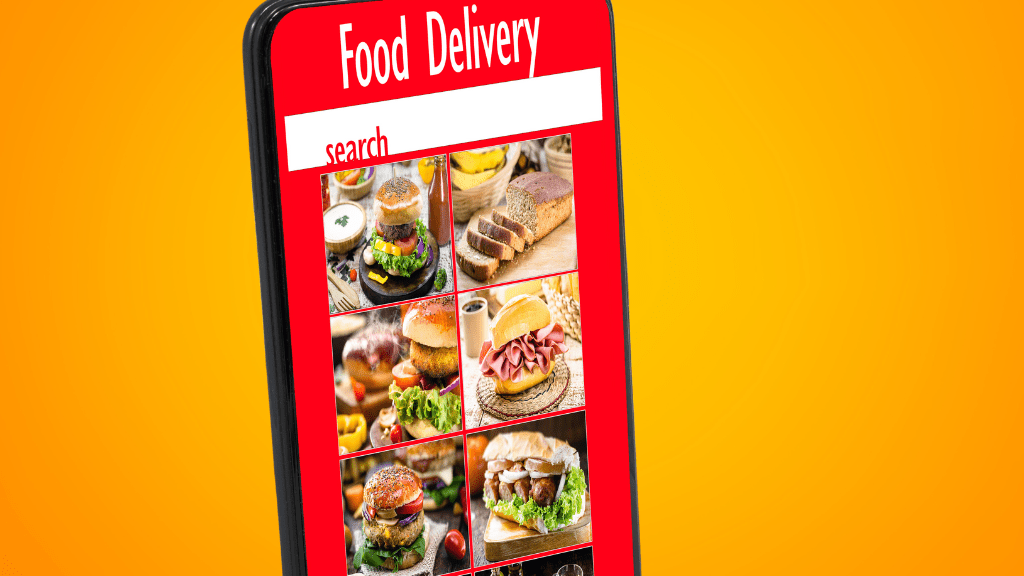If you go to Ad Age’s website you will see a story about an outdoor apparel brand that took ‘online disruption’ too far. I’m choosing to leave the brand unnamed to break the cycle of earned publicity (but if you really need to know who it was you can find it there). I believe that brands and advertisers should be held accountable for their actions but it still leaves the dilemma of how to talk about it without providing as much, if not more, brand awareness than the campaign would have raked in to begin with.
The problem is not that they found a way to intercept people’s online habits. It’s the context and location of where they decided to do it. They ‘took over’ Wikipedia by uploading images of popular travel destinations with imagery of people wearing their product. The issue here is that neither the brand or agency had the restraint or foresight to understand what they were actually doing beyond their own benefit (either monetary, or notoriety).
By exploiting the open source format as a structure of shared knowledge they undermined the credibility of a platform that has painstakingly worked to build trust as a reliable source of information. It’s like opening your lunchbox and discovering that your favorite pudding cup was replaced by the kid who sits behind you in chemistry with a cupped dessert from his mom’s company “because it’s good, and it’s better for you than the one you had. You’re gonna love it!”
As advertisers, we have a responsibility for our actions. We are skilled manipulators. We understand, and are very adept at, changing the behaviors of large groups of people. That’s why our clients pay us. But where do we draw the line? At what point is ‘innovative’ and ‘savvy’ just plain old intrusion and economic gerrymandering?
I get it. The stakes are super high, maybe higher than ever. We have to fight for every engagement, and sale, and lead that we can get – and never has the noise level and pace been louder and faster. On top of that we have an awards culture that is obsessed with impressions and numbers, along with clients who want the next viral phenomenon. But at what cost are we ‘tapping new markets’ and ‘finding new ways to engage with technology?’
If people resent us, if nothing is left sacred, then we will end up holding the bag. Clients and awards shows and blogs will not be rolling up their sleeves with us to help rebuild the trust we destroyed. And consumers will find other ways to be informed about the products they buy. But don’t worry, we’ll find an insight somewhere in there that will target those sentiments we can use to leverage for your product.




